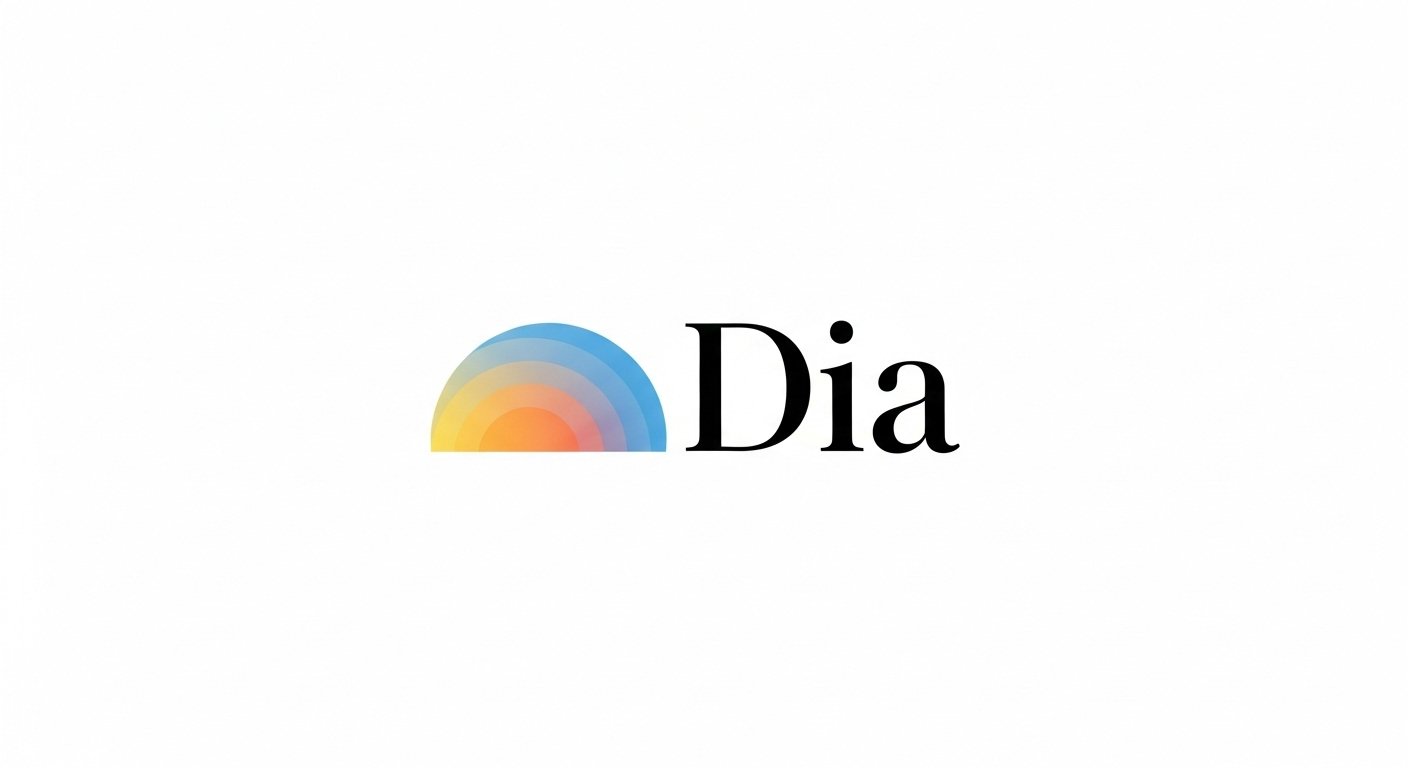
Dia Browser: The Future of AI Web Browsing
- Artificial Intelligence (AI)

The rapid evolution of artificial intelligence has introduced powerful tools capable of incredible feats, from composing music to accelerating medical research. However, a dark side of this progress has emerged in the form of “undress AI” applications.
These platforms use sophisticated algorithms to digitally alter images of people, creating synthetic and explicit content without their consent. This technology represents a severe breach of privacy and a potent tool for harassment and exploitation.
The ease of access to these services has magnified their potential for harm, making it essential for the public to be aware of their operation and consequences.
This guide is dedicated to Exposing Undress AI: Risks & Safety, providing a comprehensive look at the technology, its profound dangers, and the protective measures everyone can take in this new digital landscape.
Undress AI refers to a category of generative AI software specifically designed to manipulate existing photographs of clothed individuals to create a realistic, synthetic depiction of them without clothes.
This is a form of deepfake technology, which uses deep learning models to generate or alter media, creating fabricated content that appears authentic. Unlike general-purpose AI photo editors, these tools are built with the sole, malicious intent of producing non-consensual explicit imagery.
These applications leverage vast datasets of images to “learn” human anatomy and the way clothing drapes over a body. When a user uploads a target image, the AI analyzes the person’s posture, body shape, and the contours of their clothing.
\It then synthetically removes the clothes and generates what it predicts the person’s body would look like underneath. The resulting image is not a genuine photograph but a highly sophisticated and often disturbingly convincing fabrication.
The proliferation of this technology on social media platforms, forums, and through dedicated apps poses a significant threat to personal security and digital consent.
The core technology powering undress AI applications primarily involves advanced machine learning models. While the exact architecture can vary, most rely on principles from Generative Adversarial Networks (GANs) or, more recently, diffusion models.
A GAN consists of two competing neural networks: the Generator and the Discriminator.
The two networks are locked in a continuous cycle of improvement. The Generator creates a fake, the Discriminator critiques it, and the Generator uses that feedback to get better.
This adversarial process continues until the Generator becomes so proficient at creating synthetic images that the Discriminator can no longer reliably tell them apart from real ones.
A more modern approach involves diffusion models. This process works in two main stages:
In the context of undress AI, the model uses the clothed image as a guide to denoise a random pattern into a synthetic, unclothed version of the person in the photo. Diffusion models are known for producing extremely high-quality and coherent images, making them particularly dangerous for this application.
What was once a niche and technically demanding process has become alarmingly accessible. Undress AI tools are no longer confined to obscure corners of the internet.
They are now actively marketed through user-friendly websites, mobile applications, and even bots on popular platforms like Telegram and Discord.
This low barrier to entry means that anyone with a photograph of a person and malicious intent can generate fake explicit content in minutes.
This accessibility has led to a surge in cases of online harassment, cyberbullying, and the creation of non-consensual pornography, disproportionately targeting women and girls.
The consequences of this technology being used maliciously are far-reaching and profoundly damaging. The harm extends beyond a simple privacy violation into severe psychological, social, and reputational damage that can last a lifetime.

The emotional and mental toll on victims is immense. Being targeted by undress AI can lead to severe anxiety, depression, feelings of violation, and post-traumatic stress disorder (PTSD). The knowledge that fabricated explicit images exist can create a persistent sense of fear and powerlessness.
Professionally and socially, the impact can be catastrophic. These fabricated images can be used to destroy a person’s reputation, damage their career prospects, or ruin personal relationships. Once online, this content is nearly impossible to erase completely.
Perpetrators often use the threat of releasing these fake images to extort money, information, or further explicit content from their victims. This form of “sextortion” leverages fear and shame to coerce victims into compliance.
While proponents of the underlying generative technology point to legitimate uses in other fields, these arguments fail to justify the existence of tools specifically designed for non-consensual image alteration. The “pros” are theoretical and weak, while the “cons” are immediate and devastating.
The following table breaks down the purported, often disingenuous, justifications for this technology against the documented, harmful reality of its application. This analysis is vital for Exposing Undress AI: Risks & Safety.
| Purported “Pros” (Justifications) | The “Cons” (Actual Consequences) |
| “Artistic Expression”: Some argue it’s a tool for digital artists. | Reality: Its primary function is creating non-consensual pornography, not art. Legitimate artists do not need tools that violate consent. |
| “Satire or Commentary”: Claims that it can be used for parody. | Reality: The overwhelming use is for personal attacks, harassment, and sexual exploitation, not social commentary. |
| “Educational Purposes”: A weak argument for studying anatomy. | Reality: Legitimate anatomical and medical learning resources are plentiful and do not rely on violating individuals’ privacy. |
| “Personal Use”: The idea that it’s for private, harmless fantasy. | Reality: This “personal use” involves a real person who has not consented, making it inherently unethical and a violation from the start. |
| N/A | Reality: It normalizes and facilitates digital sexual violence. |
| N/A | Reality: It erodes trust in all digital media, contributing to misinformation. |
| N/A | Reality: It provides a tool for targeted harassment, bullying, and blackmail. |
The legal landscape surrounding undress AI is complex and evolving, but in many places, creating and distributing such content is illegal.
Laws originally designed to combat “revenge porn” (the distribution of non-consensual intimate imagery) are often applicable. Several jurisdictions have also enacted specific laws targeting deepfakes.
However, enforcement remains a major challenge. Perpetrators often use VPNs and operate from countries with lax regulations, making it difficult to identify and prosecute them.
While it’s impossible to be 100% secure, you can take several steps to minimize your risk and make yourself a harder target. Proactive digital hygiene is the best defense.
The less high-quality source material a perpetrator has, the harder it is for an AI to create a convincing fake.
Maximize the privacy settings on all your social media accounts.
If you discover that fake images of you have been created, it is vital to act quickly.
Undress AI technology represents a dangerous and unethical application of artificial intelligence. It serves no legitimate purpose and exists primarily as a tool for violation, harassment, and abuse.
By creating non-consensual explicit content, these platforms inflict severe psychological and reputational harm on victims. The fight against this abuse requires a multi-pronged approach: stronger legal frameworks, proactive enforcement by platforms, and greater public awareness.
Ultimately, Exposing Undress AI: Risks & Safety and promoting robust digital hygiene are the most effective strategies we have to protect ourselves and push back against this toxic tide in our digital world.
